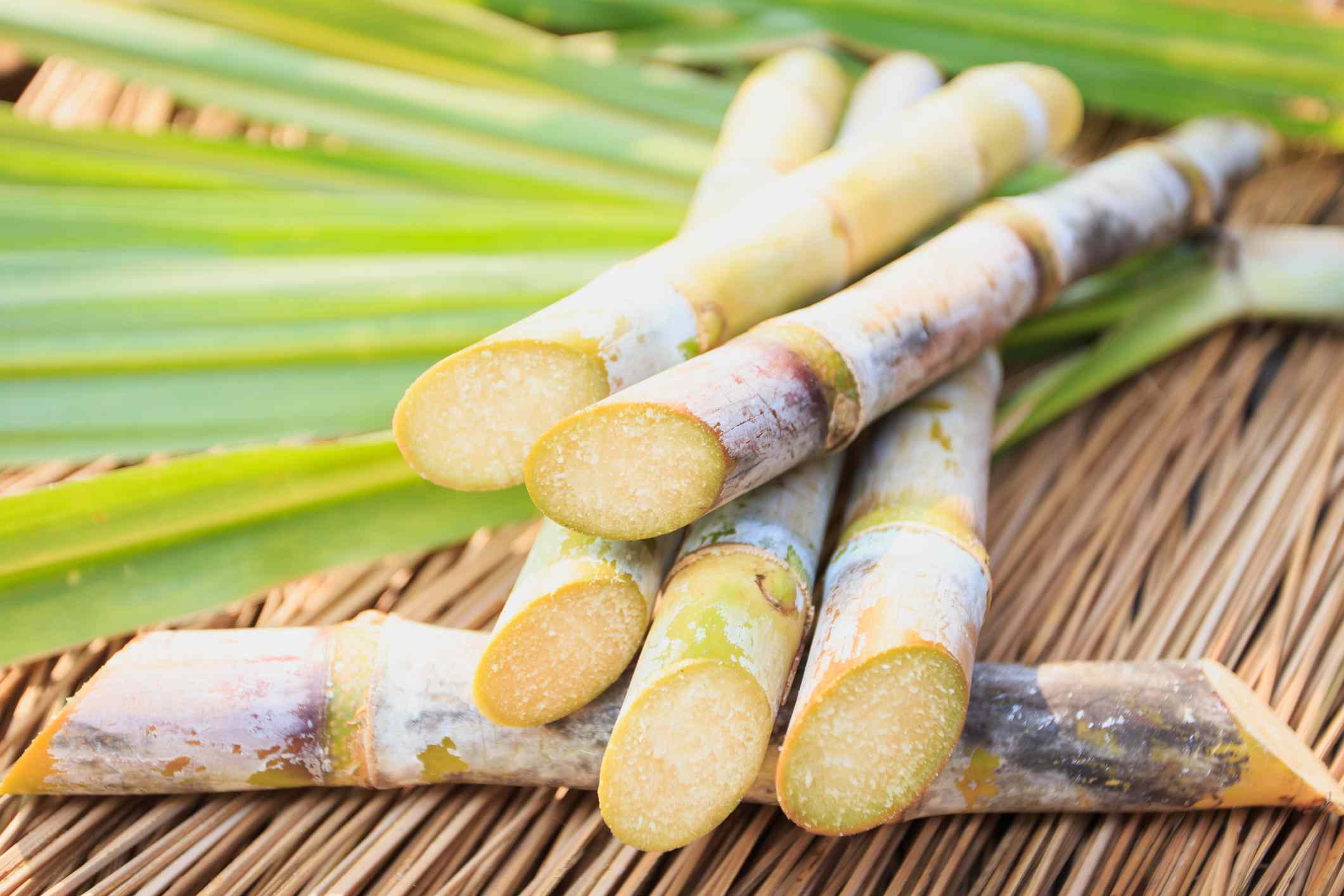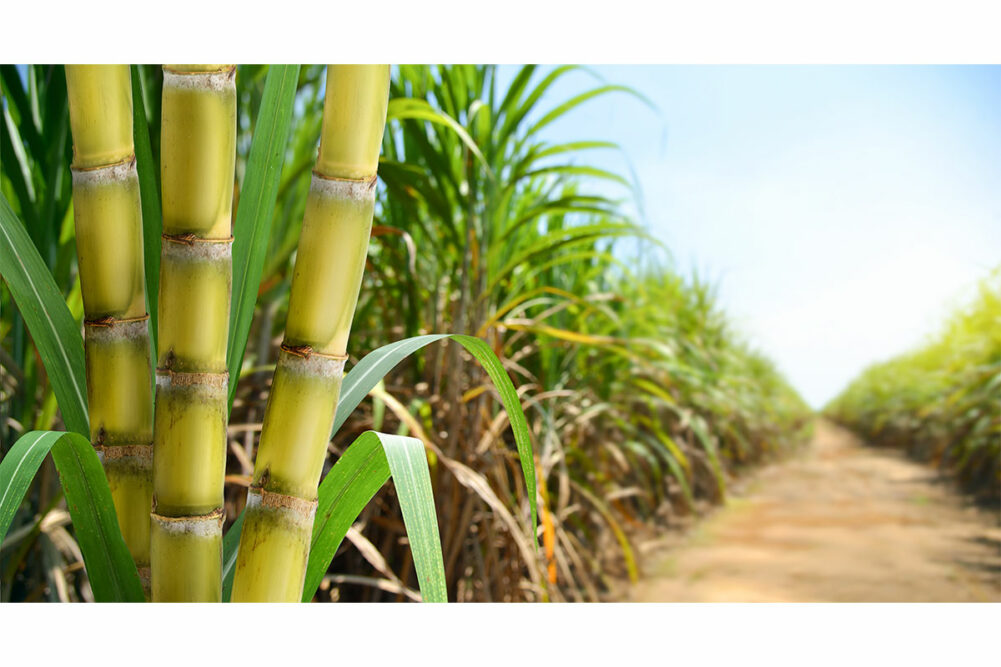A Thorough Overview to the Ecological Influence and Sustainability Practices in Walking Cane Sugar Handling
The environmental impact of walking cane sugar handling provides a complex array of obstacles that warrant mindful exam. From dirt deterioration and excessive water usage to the carbon impact connected with growing and production, the consequences of traditional techniques are significant. What particular practices can be implemented to strike an equilibrium in between productivity and environmental stewardship?
Overview of Cane Sugar Processing
Cane sugar processing entails a collection of methodical steps that change sugarcane right into refined sugar. Originally, collected sugarcane is moved to processing centers, where it goes through cleaning up to get rid of soil and particles. Following this, the walking stick is crushed to draw out juice, which is then cleared up by getting rid of impurities with home heating and the addition of lime.
The cleared up juice undertakes dissipation, where water is eliminated to concentrate the sugar material. These crystals are separated from the continuing to be syrup using centrifugation, resulting in raw sugar.
The last product is then dried and packaged for circulation. Throughout this entire procedure, maintaining performance and top quality control is essential to make certain the sugar meets sector standards. Each action in walking stick sugar handling not just adds to the end product yet additionally has implications for resource usage and waste generation, establishing the phase for conversations on sustainability and ecological influences connected with sugar manufacturing.
Ecological Obstacles of Manufacturing
The manufacturing of walking stick sugar provides a number of considerable environmental difficulties that warrant interest. One primary issue is the considerable usage of agrochemicals, consisting of fertilizers and pesticides, which can bring about dirt deterioration, biodiversity loss, and contamination of regional water sources. The overflow from sugarcane fields commonly brings these chemicals right into close-by ecological communities, interfering with water life and impacting the health and wellness of communities reliant on these water bodies.
Another challenge is the high energy consumption associated with sugarcane processing. The boiling and refining phases call for significant warmth, mostly generated by burning nonrenewable fuel sources, adding to greenhouse gas exhausts. In addition, the expansive acreage required for sugarcane cultivation can bring about logging and habitat devastation, additional intensifying environment modification and threatening wild animals.
Furthermore, the labor methods in some areas increase ethical problems, as employees may encounter bad working problems and poor earnings. This situation usually perpetuates a cycle of destitution in local areas. Cane Sugar Processing. Dealing with these ecological challenges is vital for developing a lot more sustainable methods in walking cane sugar production, eventually profiting both the environment and the neighborhoods associated with this industry
Water and Land Usage Influence
Water resources and land use are critical elements in the walking cane sugar industry that dramatically impact the atmosphere. The farming of sugarcane requires substantial water input, with quotes recommending that it can consume as much as 2,000 litres of water per kilo of sugar created. This extensive usage of water frequently causes deficiency of local water resources, impacting not just the sugarcane haciendas yet also surrounding ecological communities and communities that depend on the exact same water resources for farming and domestic use.

Furthermore, land usage for sugarcane cultivation can lead to logging and the conversion of all-natural habitats into monoculture vineyards. This practice diminishes biodiversity, interrupts local ecosystems, and adds to dirt deterioration. The expansion of sugarcane fields frequently encroaches on useful farming land, producing competition for sources in between food and biofuel manufacturing.
Sustainable methods, such as enhancing irrigation strategies and implementing plant rotation, are necessary to reduce these effects. By taking on much more effective water use and land monitoring strategies, the walking stick sugar market can lower its ecological footprint, making sure an equilibrium in between farming productivity and environmental preservation.
Greenhouse Gas Emissions
Greenhouse gas discharges represent a considerable ecological problem within the cane sugar processing industry, particularly as agricultural practices broaden to satisfy worldwide demand. The growing of sugarcane, a click here now plant that grows in exotic environments, counts greatly on artificial plant foods and chemicals, which add to nitrous oxide discharges. Furthermore, land-use modifications, including deforestation for new sugarcane plantations, release carbon dioxide stored in vegetation and soil.
Throughout processing, energy intake is an additional significant source of greenhouse gas emissions - Cane Sugar Processing. Many sugar mills make use of nonrenewable fuel sources to power her explanation machinery and generate warmth, causing significant carbon footprints. Furthermore, the transport of raw sugarcane and completed products includes layers of discharges through gas burning in cars
The cumulative result of these emissions intensifies climate adjustment, positioning threats not only to the environment however also to the lasting practicality of the sector. Stakeholders should recognize the urgent demand for detailed strategies that attend to these emissions. This entails assessing existing agricultural methods, processing techniques, and transport systems to identify locations for improvement and mitigation. Resolving greenhouse gas discharges is essential for promoting an extra sustainable cane sugar sector in a changing climate.

Lasting Practices and Innovations
Lasting methods and developments are increasingly crucial in the walking stick sugar processing sector as stakeholders look for to decrease environmental effects while maintaining performance. One considerable advancement is the execution of integrated plant administration, which maximizes resource usage by integrating dirt administration, insect control, and plant turning methods. This technique enhances yield while minimizing chemical inputs and preserving dirt health and wellness.
Additionally, the adoption of eco-friendly energy resources, such as biomass from sugarcane residues, has gained traction - Cane Sugar Processing. By transforming waste items into power, refining centers can try this site decrease their dependence on nonrenewable fuel sources, consequently decreasing greenhouse gas emissions
Water administration techniques have likewise seen renovations through the recycling and reusing of water in processing plants, significantly minimizing freshwater intake. Innovations in innovation, such as accuracy farming, make it possible for farmers to keep track of crop health and wellness and source use much more successfully, making certain sustainable cultivation methods.
Moreover, qualification programs like Fair Trade and Jungle Partnership motivate eco responsible farming practices and promote social equity within the supply chain. By embracing these sustainable methods and advancements, the walking cane sugar handling sector can enhance its resilience and contribute positively to environmental stewardship.
Conclusion
The environmental effect of walking stick sugar processing provides considerable difficulties, including soil degradation, high water consumption, and greenhouse gas emissions, alongside moral concerns connected to labor practices. Dealing with these issues through sustainable practices, such as integrated plant monitoring, eco-friendly power fostering, and water recycling, is crucial. By advertising socially equitable and environmentally responsible methods in sugar manufacturing, the sector can minimize its damaging results, making certain an extra lasting future for both neighborhoods and environments included in this industry.
Cane sugar handling entails a collection of methodical steps that transform sugarcane right into polished sugar. Each step in walking cane sugar handling not only contributes to the last item however likewise has ramifications for source use and waste generation, establishing the stage for conversations on sustainability and environmental influences connected with sugar production.
Greenhouse gas exhausts represent a substantial environmental concern within the walking cane sugar processing sector, particularly as farming practices broaden to meet worldwide need.Sustainable techniques and advancements are increasingly crucial in the cane sugar handling sector as stakeholders seek to lower environmental effects while keeping productivity.The ecological influence of walking stick sugar handling presents substantial challenges, including dirt degradation, high water usage, and greenhouse gas discharges, along with ethical worries connected to labor practices.